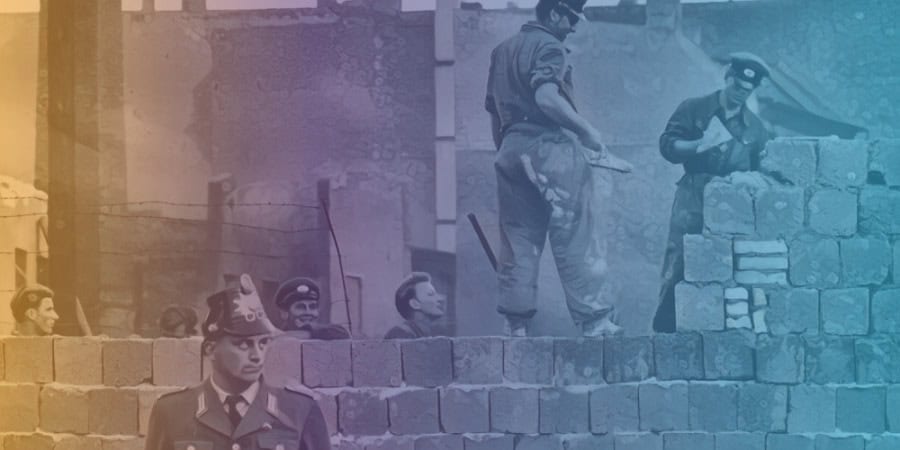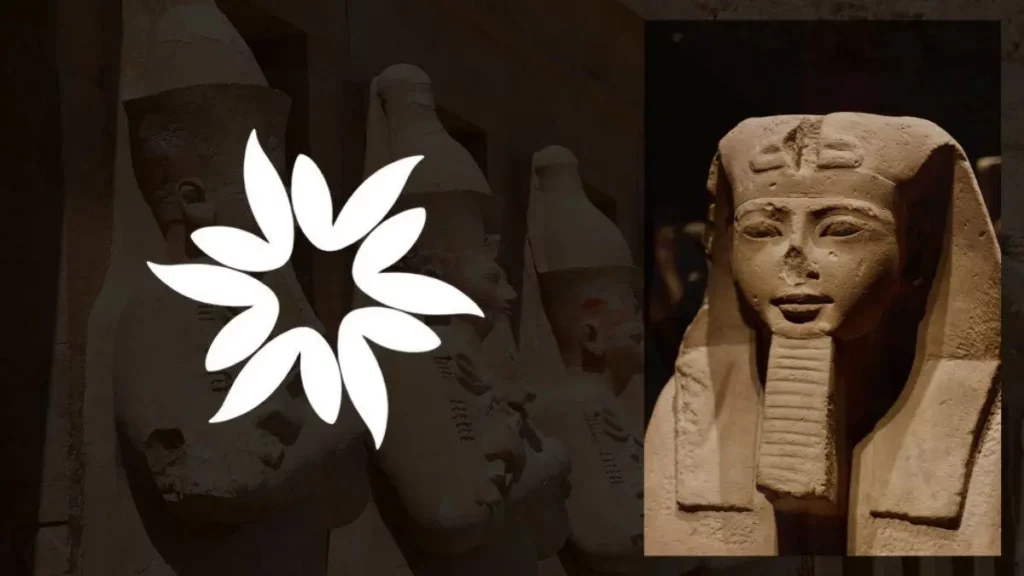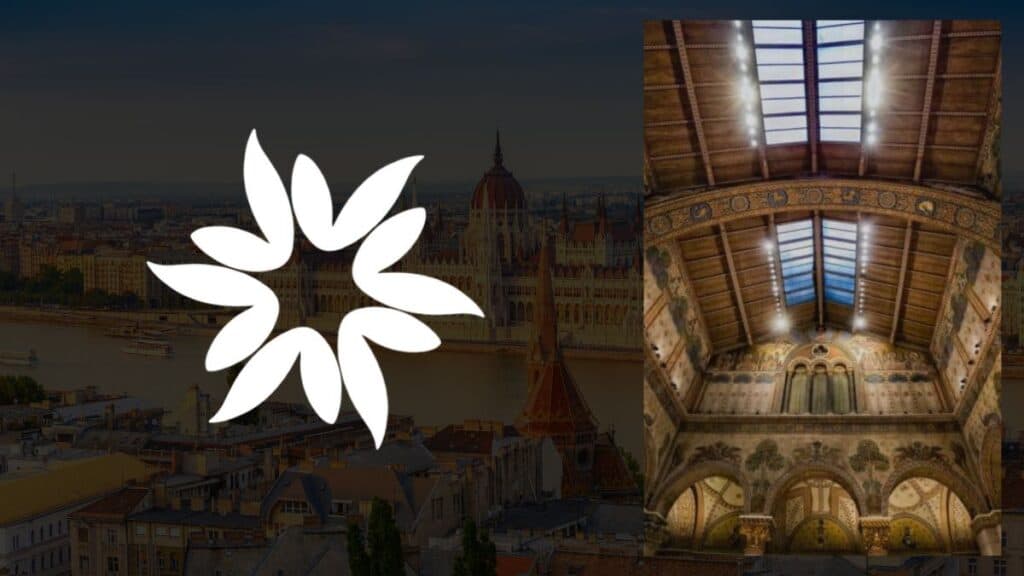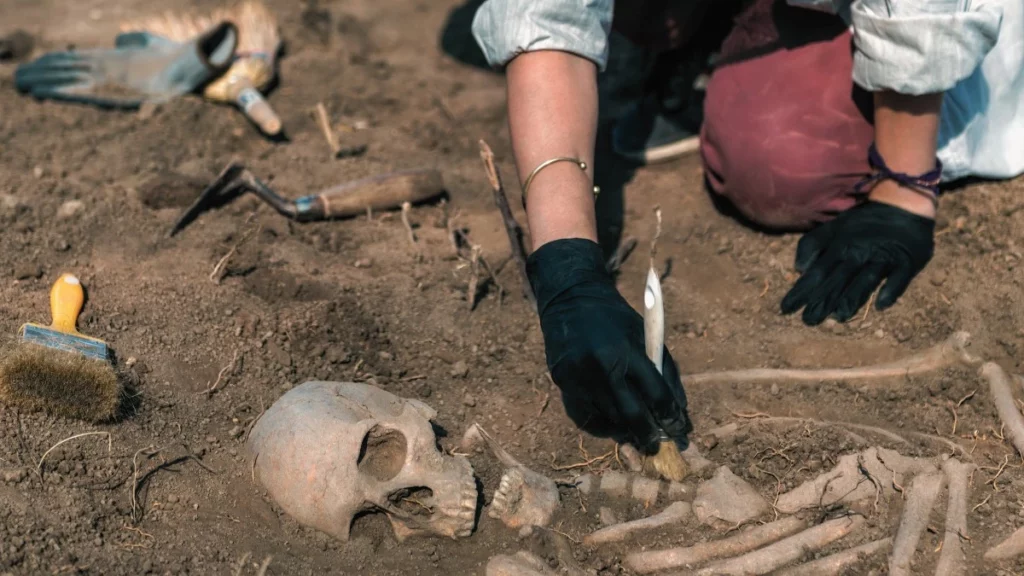Key Takeaways
- The 10th World Festival of Youth and Students held in East Germany in 1973 challenged stereotypes and showcased the rich cultural landscape of the country behind the Iron Curtain.
- East Germany, known as the German Democratic Republic (GDR), emerged as a socialist counterpoint to West Germany and was often portrayed as an oppressive dictatorship.
- The festival represented a moment of cultural evolution and liberation, emphasizing anti-imperialist solidarity, peace, and friendship.
- The event was seen as a beacon of hope, particularly as East Germany was soon to be admitted into the United Nations, signaling international recognition.
- Walter Ulbricht, the founder and leader of East Germany, passed away during the festival, leaving behind a legacy of socialism and political struggles.
- East Germany faced economic challenges and political unrest but also fostered a literate, skilled, and politically aware society.
- Despite censorship and the presence of the secret police, East Germans expressed themselves through various art forms, including literature and music.
- The 1973 Youth Festival played a significant role in shaping the cultural narrative of East Germany, highlighting its complexity and the diversity of its cultural landscape.
In the summer of 1973, the streets of East Berlin pulsed with the rhythmic beats of drums, the chatter of multilingual conversations, and a vibrant festival spirit.
This was the 10th World Festival of Youth and Students, attracting eight million attendees from around the world.
However, this wasn’t Woodstock or Glastonbury, but rather a gathering in East Germany, a nation known for its socialist ideology.
This festival, dedicated to anti-imperialist solidarity, peace, and friendship, represented a moment of cultural evolution and liberation behind the Iron Curtain.
The Dichotomy of East and West Germany
The German Democratic Republic (GDR), known as East Germany, emerged in 1949 as a socialist counterpoint to the Federal Republic of Germany (FRG), its capitalist neighbor in the West.
This division perpetuated the narrative of the Cold War, creating a binary perception of good versus evil.
The West became synonymous with prosperity and freedom, while the East was perceived as an oppressive dictatorship.
Despite the negative portrayal, the 1973 Youth Festival challenged the stereotypical image of East Germany.
The event was more than a propaganda tool; it showcased a rich cultural landscape teeming with diversity and youthful exuberance.
Voices from the Festival
For Uwe Schmieder, a 13-year-old participant in the festival, the event was an exhilarating dream.
Despite being technically underage, Uwe joined the festival as a drummer for his local group from Zeitz.
The festival, for him and many others, was a manifestation of peace, friendship, and national solidarity.
The festival was a beacon of hope, especially as East Germany was soon to be admitted into the United Nations, signaling its recognition on the world stage.
The German Democratic Republic (GDR), known as East Germany, emerged in 1949 as a socialist counterpoint to the Federal Republic of Germany (FRG), its capitalist neighbor in the West.

Walter Ulbricht: The Architect of East Germany
While the festival was underway, Walter Ulbricht, the founder and long-standing leader of East Germany, passed away.
He was a staunch communist, having survived the tumultuous first half of the 20th century, including the political purges of Soviet leader Josef Stalin.
Ulbricht’s vision of socialism on German soil was realized after the establishment of East and West Germany as separate states in 1949.
The Challenges of East Germany
However, the road to socialism was fraught with economic struggles and political unrest. The GDR bore a heavy reparations load, with the Soviets frequently confiscating goods, disrupting production schedules.
This economic instability was felt by ordinary citizens, like Günther, a young tiremaker who struggled to earn a living.
Political turmoil was also prevalent, with general strikes sweeping across the country in 1953, leading to a brutal crackdown by Soviet troops.
Despite these challenges, the GDR was not solely defined by oppression.
The Cultural Flourishing
East Germany fostered a literate, skilled, and politically aware society. Despite the presence of censorship and the secret police, the Stasi, East Germans expressed themselves in a myriad of artforms.
The writer Christa Wolf, for instance, penned a semi-autobiographical novel that was a bestseller in East Germany despite its critical view of the GDR.
Music also became an outlet for expression. Bands like the Puhdys, who performed at the 1973 Youth Festival, were inspired to create their own music due to the censorship of Western music.
The Multifaceted East Germany
The 1973 Youth Festival, while not as widely recognized as the 1953 general strike or the fall of the Berlin Wall in 1989, played a crucial role in shaping the cultural narrative of East Germany.
The GDR was not just a society confined by the Iron Curtain, but a complex nation with a rich cultural landscape.








